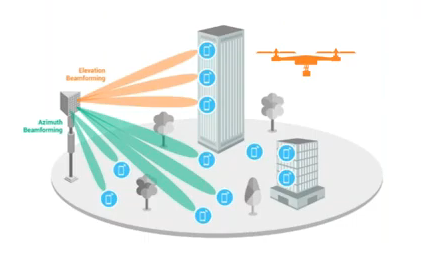5G networks, the fifth generation of mobile networks, are being rolled out globally and are expected to provide faster internet speeds, lower latency, and more reliable connections. However, before these networks can be fully deployed, they must undergo a rigorous process of validation to ensure that they meet industry standards and can deliver the promised benefits.
One of the key aspects of 5G network validation is testing the network’s performance. This includes measuring the speed and latency of the network, as well as its capacity to handle large amounts of data traffic. This is important to ensure that the network can support the increasing demand for high-bandwidth applications such as streaming video and online gaming.
Another important aspect of 5G network validation is security testing. With the increasing use of 5G networks for critical applications such as healthcare and transportation, it is essential that they are secure and protected against cyberattacks. This includes testing the network’s ability to protect against unauthorized access and data breaches, as well as its ability to detect and respond to security threats.
In addition to performance and security testing, 5G network validation also includes testing for compliance with industry standards. This includes ensuring that the network meets specifications set by organizations such as the 3rd Generation Partnership Project (3GPP), which sets standards for mobile networks, and the International Telecommunication Union (ITU), which sets standards for telecommunications.
The 5G network validation process is often carried out by independent testing organizations, which have the expertise and equipment to conduct thorough testing. These organizations typically use a combination of automated testing tools and manual testing methods to ensure that the network meets all of the necessary standards and requirements.
In conclusion, 5G network validation is an essential step in the deployment of these networks. Through performance testing, security testing, and compliance testing, organizations can ensure that 5G networks will deliver the promised benefits of faster internet speeds, lower latency, and more reliable connections. This will help to ensure that 5G networks are able to support the growing demand for high-bandwidth applications and services, and that they are secure and compliant with industry standards.





